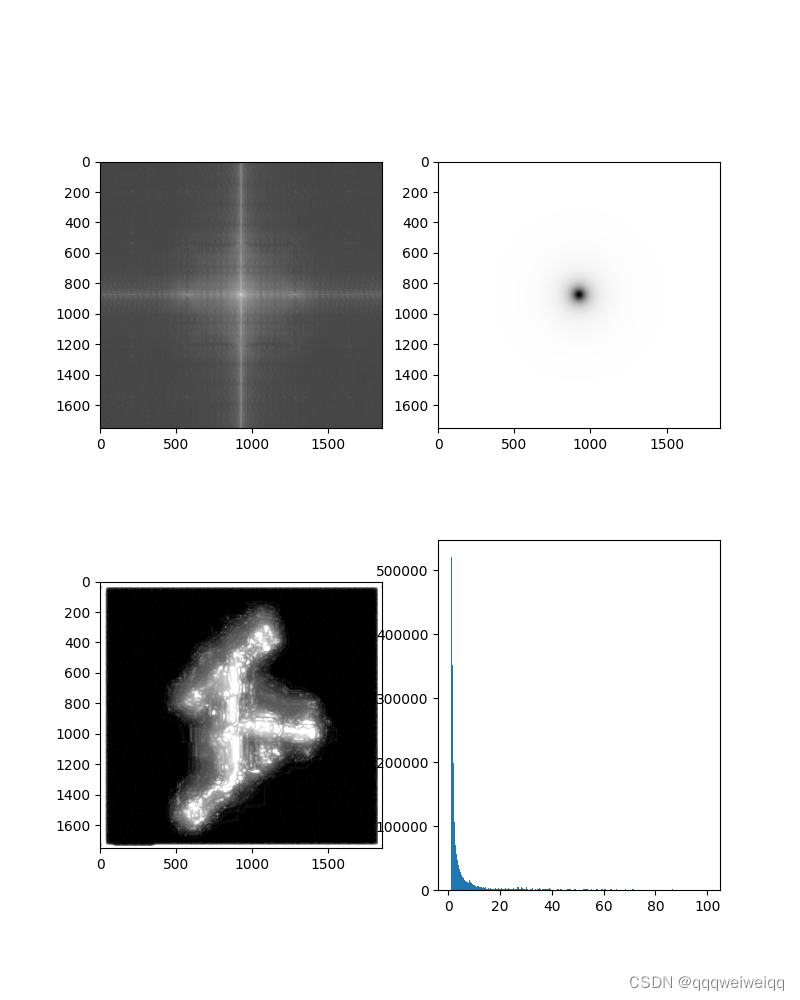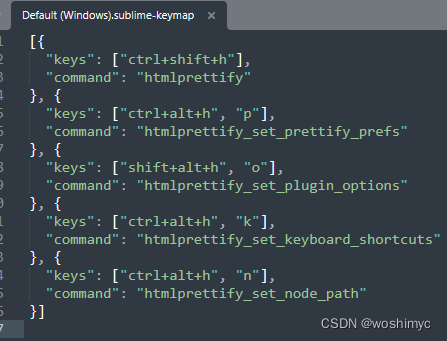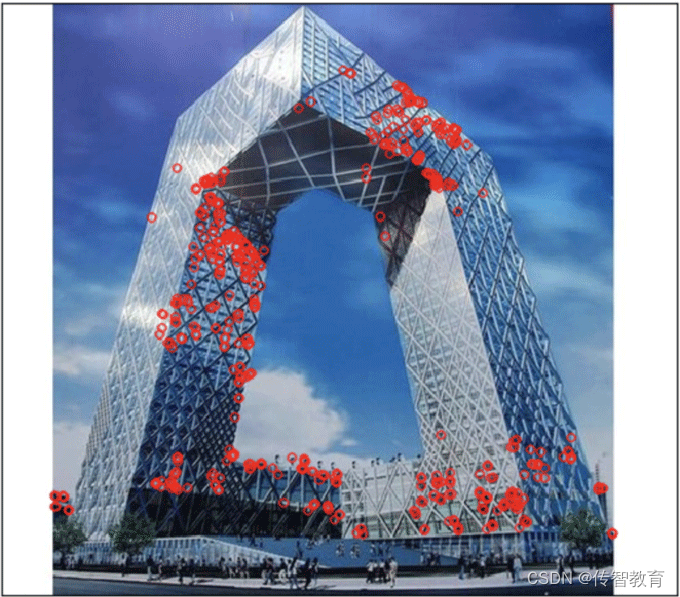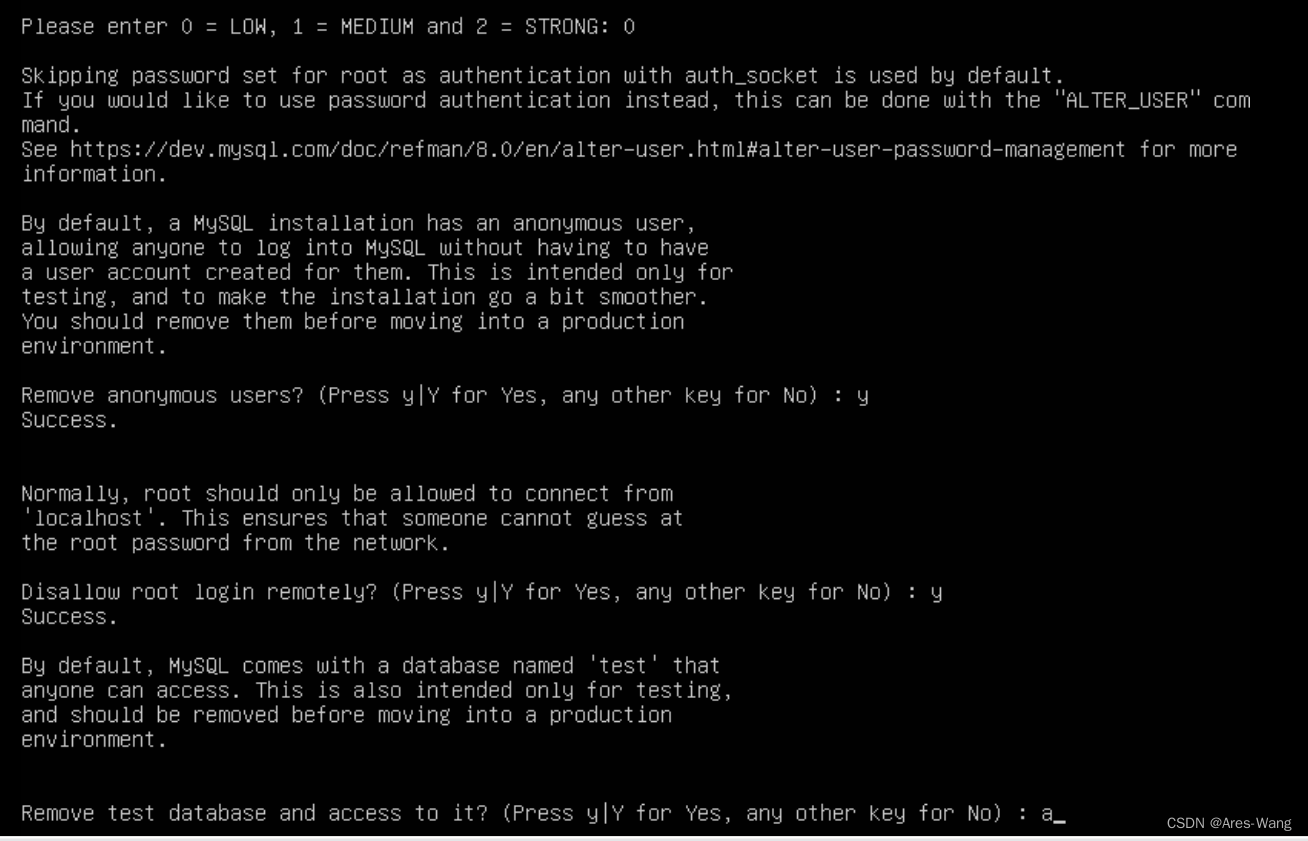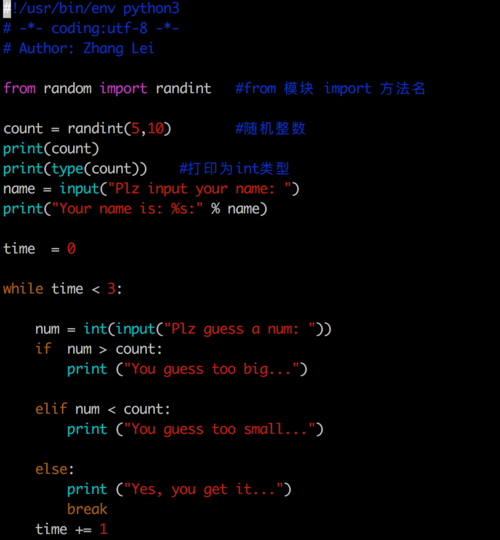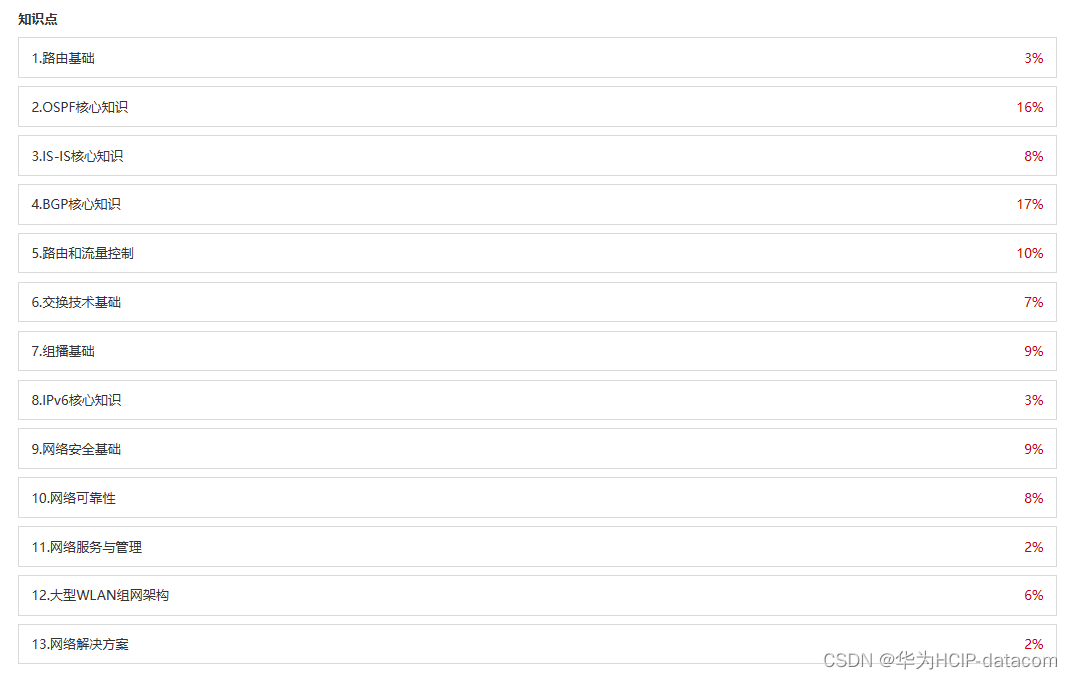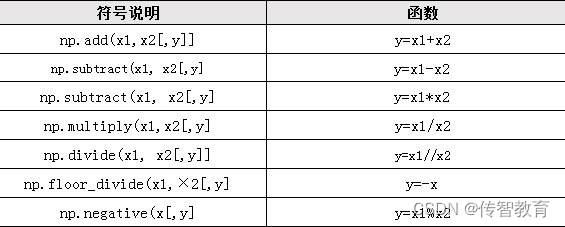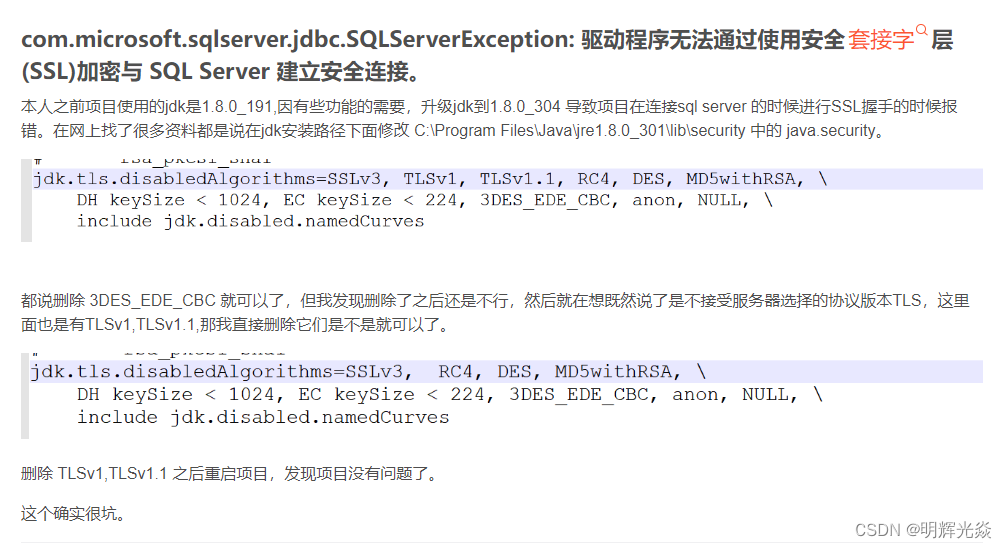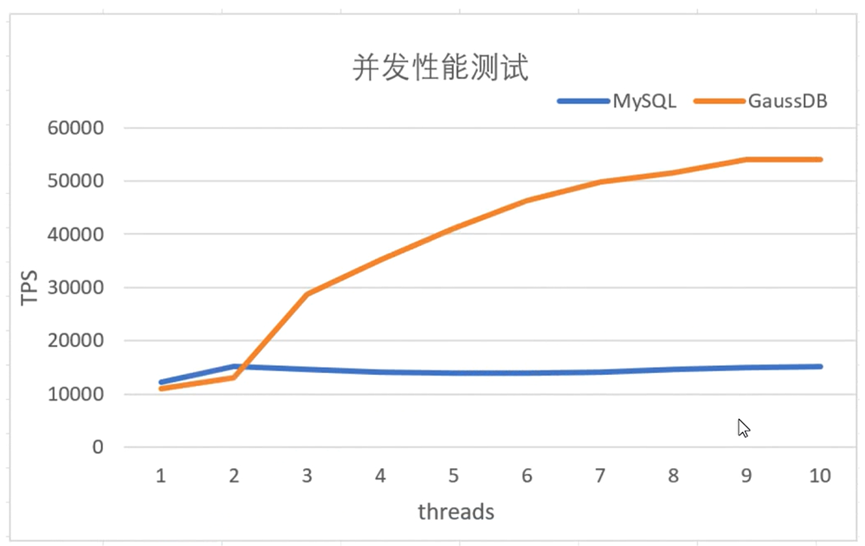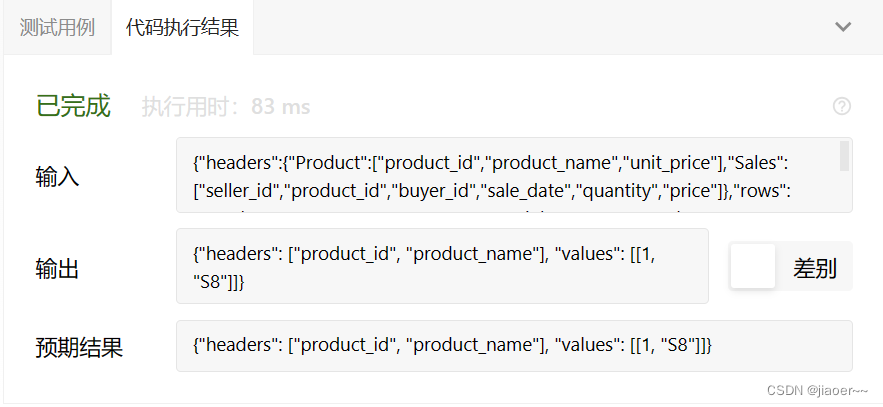import numpy as np
import matplotlib.pyplot as plt
import cv2
def Butterworth_Filter_Image():
img = cv2.imread(r'/Users/PycharmProjects/ImageProcess/Butterworth Filter Image/Pasted Graphic 31.png',0)
plt.imshow(img)
# ——————————————————————————————————————————————————————————————————————————————————
F_domain = np.fft.fft2(img)
F_shift = np.fft.fftshift(F_domain)
# ——————————————————————————————————————————————————————————————————————————————————
plt.figure(figsize=(8,10))
# plot loss
plt.subplot(2,2,1)
plt.imshow(np.log1p(np.abs(F_shift)), cmap='gray')
# plt.axis('off')
# plt.show()
M_shape, N_shape = img.shape
H = np.zeros((M_shape, N_shape), dtype=np.float32)
D0 = 40 # cut-off frequency
n = 2 # It is order for butterworth
for u in range(M_shape):
for v in range(N_shape):
D = np.sqrt((u - M_shape / 2) ** 2 + (v - N_shape / 2) ** 2)
# H[u, v] = 1-1 / (1 + (D / D0) ** n)
H[u, v] = 1 / (1 + (D0 / D) ** n)
# __————————————————————————————————————————————————————————————————————
# plt.figure(figsize=(8,10))
# plot loss
plt.subplot(2,2,2)
plt.imshow(H, cmap='gray')
# plt.axis('off')
# plt.show()
# ——————————————————————————————————————————————————————————————————————————————————
G_shift = F_shift * H
G = np.fft.ifftshift(G_shift)
g = np.abs(np.fft.ifft2(G))
# mean_img.mean()
print(g.shape)
plt.subplot(2,2,3)
# plt.imshow(g, cmap='gray',vmin=g.mean()-3*g.std(),vmax=g.mean()+3*g.std())
# plt.imshow(10*g+img, cmap='gray')
plt.imshow(10*g+img, cmap='gray',vmin=20,vmax=250)
# plt.axis('off')
# plt.show()
# ————————————————————————————————————————————————————————
plt.subplot(2,2,4)
plt.hist(g.ravel(), 256, [1, 100]) # numpy的ravel函数功能是将多维数组降为一维数组
# plt.axis('off')
plt.savefig('/Users/PycharmProjects/ImageProcess/2d_scatterplot_1.3_n=2.png')
# plt.show()
if __name__ == '__main__':
Butterworth_Filter_Image()
